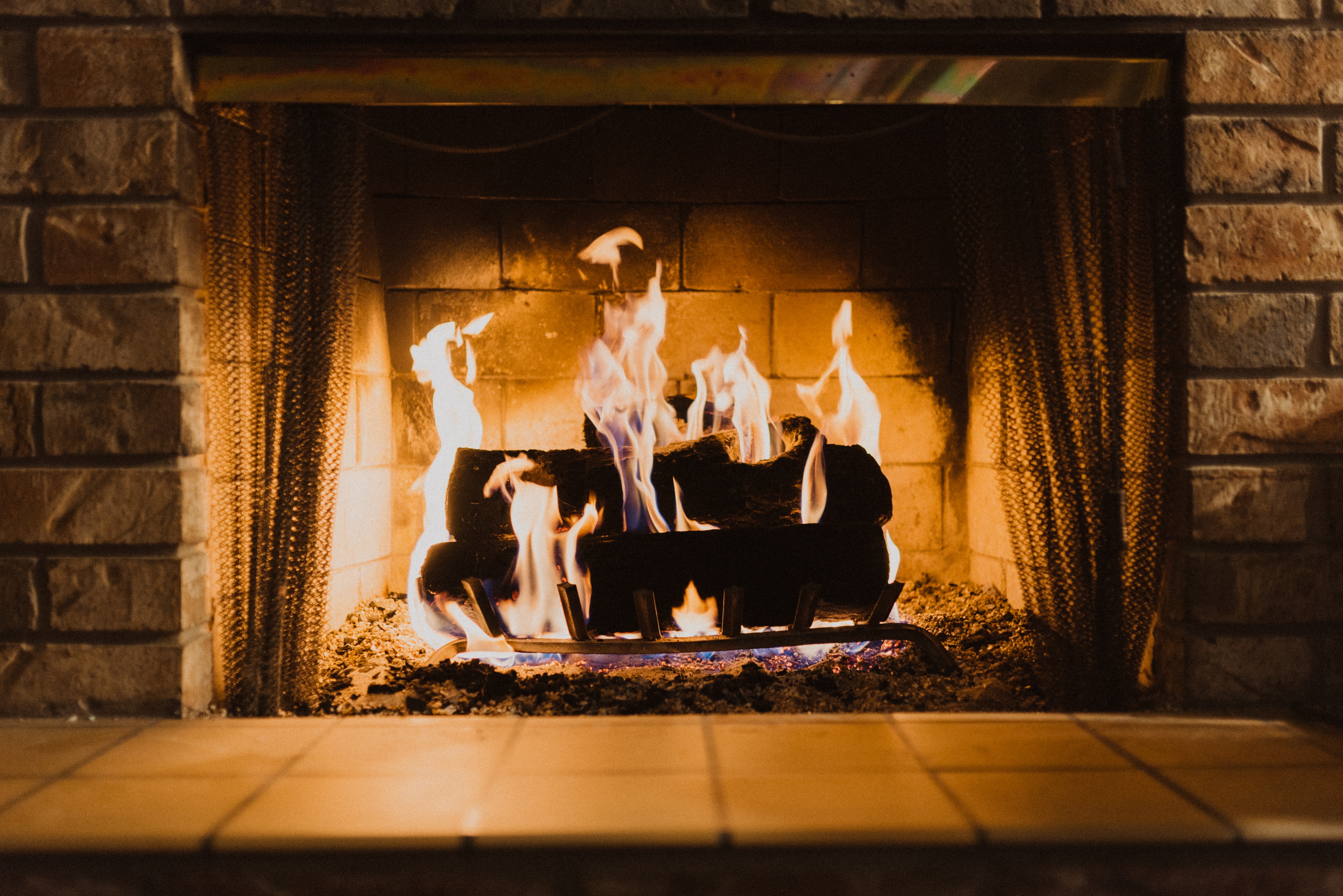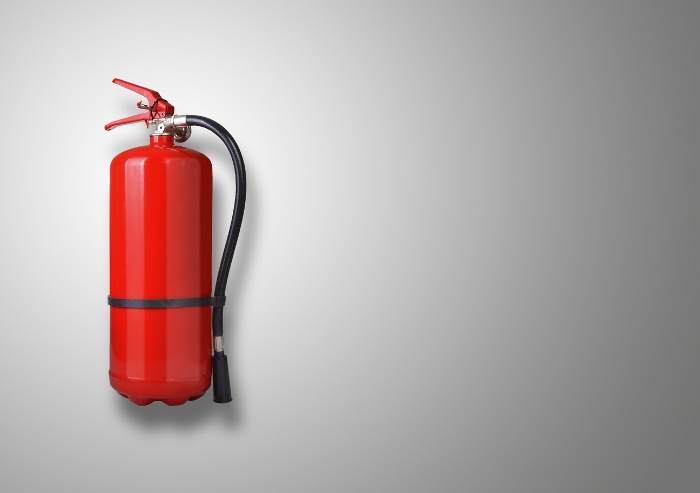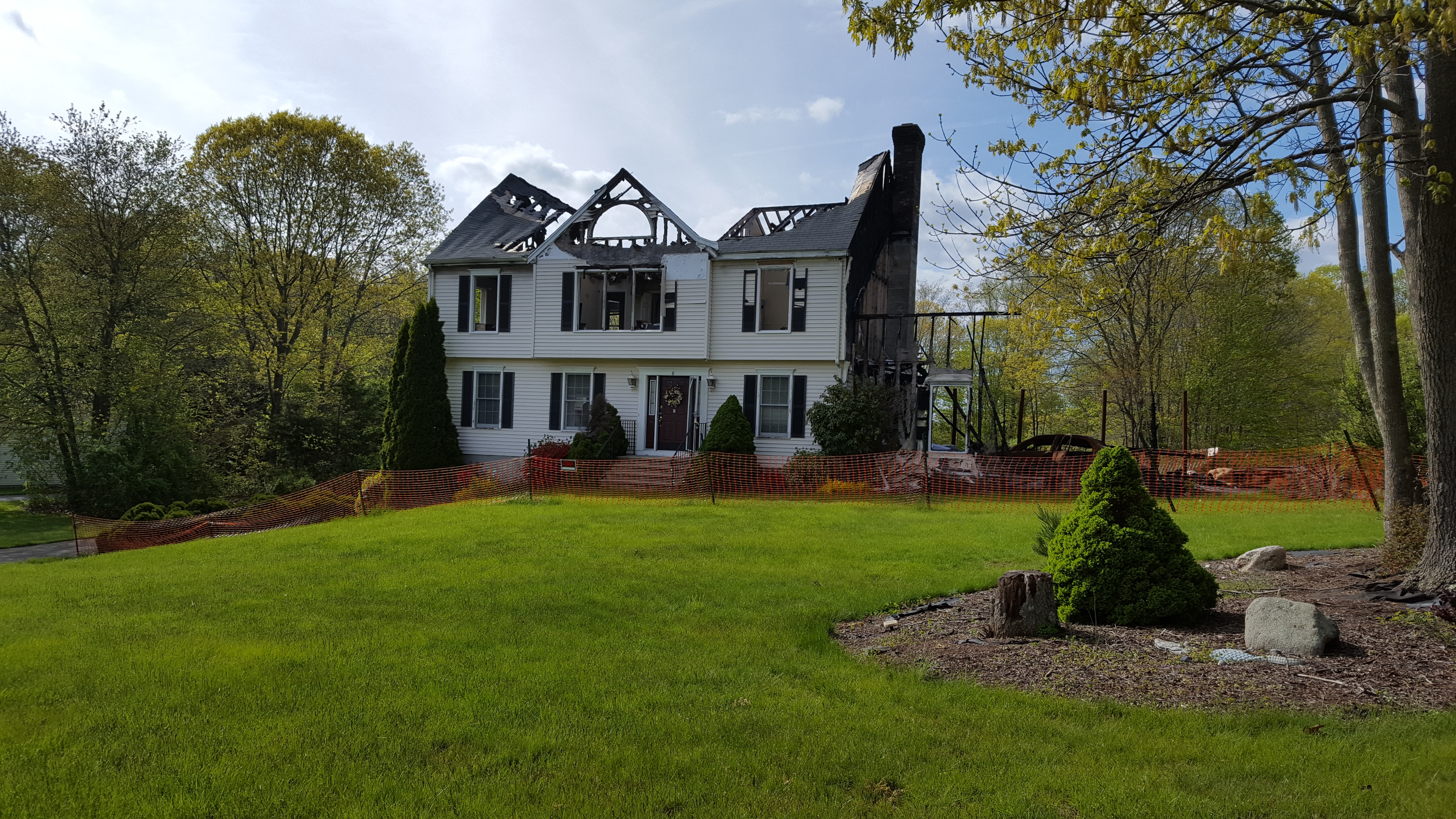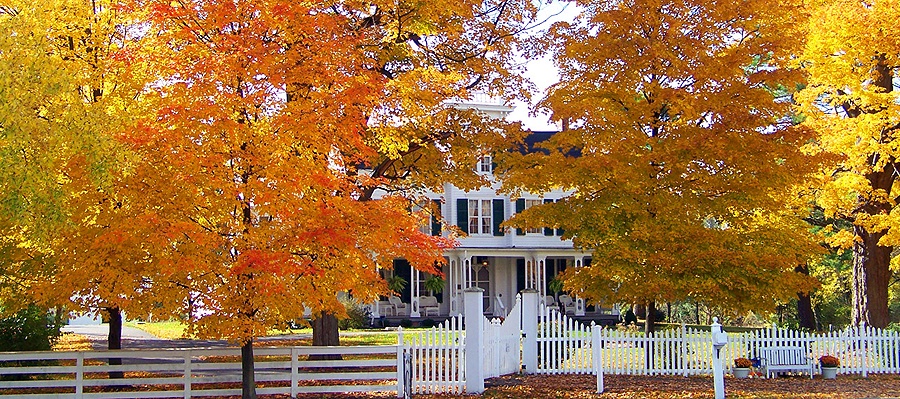The Ultimate Guide to Fireplaces in Connecticut
Being in the North East of the United States means winters can be brutal. Cold temperatures start early and the snow falls all winter long. One of the best ways to stay warm in the winter is with a wood stove or fireplace to keep you warm. Fireplaces can warm up your home, add visual appeal, and be a great place to gather the family. Here’s everything you need to know about having a fireplace in your Connecticut home:
Fireplace Options
If you’re looking for a design element to add a sense of warmth to your Connecticut home, there may be no better option than adding a fireplace. Should you decide a fireplace would add the warm touch you want for your home, you have some options: You can opt for a wood-stove, a wood-burning fireplace, or a natural gas fireplace.
The Wood Stove
Wood stoves are notoriously ugly. Typically a round or square metal box with a swinging metal door and a thick vent pipe leading up through the ceiling, they are not typically an inviting addition to your home décor.
But despite their look, they have solid benefits. Because wood stoves are closed, most of the heat is vented through to heat the house. Smoke and other emissions from the fire are also less likely to leak into the rest of the house. If a house has good internal air flow, a wood stove can take much of the heating burden from a furnace, leading to less use of gas or other fuel.
One drawback from a woodstove is potential safety risks. Unlike a fireplace, a wood stove is closed during operation. It makes it impossible for small children, pets or house guests to see how hot the stove is, leading to potential burn risks.
Wood Burning Fireplace
There are some homeowners for whom nothing but a wood-burning fireplace will do. They enjoy the look, sound, feel and natural smell of a real wood fireplace. Today’s wood fireplaces are much more energy-efficient than the old fireplaces that sent most of the heat straight up the flue. Today’s fireplaces also burn much more completely, which eliminates a lot of the pollution that used to be associated with wood fires.
The image of a crackling fire is enough to set off many of the potential drawbacks. A hearth and fireplace forms a focal point of a house and can be the central gathering place for friends and family throughout the year.
If the fireplace is not correctly maintained, the smoke emissions from such a fire can be unhealthy over time. Fireplaces require care, and especially regular cleanings. If you use your fireplace regularly, ask a professional to inspect and clean the fireplace and chimney annually.
Natural Gas Fireplace
The aesthetic appeal and appearance of newer gas fireplaces is phenomenal. In fact, many people don’t even notice that a gas fireplace isn’t actually burning wood.
One of the reasons more and more homeowners choose natural gas is because there is no mess, no cleanup and no gathering of wood ahead of time. And because gas fireplaces are so convenient and easy to use, you don’t have to limit their use to the winter months. Even on a cool and rainy summer day, you can have a comforting fire at the push of a button.
Regardless of whether you prefer a new wood-burning fireplace or the comfort and convenience of a gas fireplace, when it comes to adding comfort, beauty and warmth to your new home, few other features can match a fireplace.
How to Choose the Best Fireplace for Your Home
These days, your fireplace choice generally comes down to whether you value convenience, ambiance, maintenance, or the environmental impact of your fireplace.
Convenience
Gas fireplaces have a distinct advantage in that they can be turned on or off at a whim. You don’t have to worry about having wood on hand, or having kindling to get things going. They start instantly and are easily adjustable. If you decide to leave the house (or just go to bed), you simply turn off the fireplace. Wood-burning fireplaces take longer to get going and require constant attention.
Ambiance
There is simply something irresistible about a wood-burning fire for some people. The crackling sound of fire and the smell of the burning wood is nice and relaxing. And many homeowners enjoy the feeling of tending the fire. A gas fireplace can’t match that, although it should be noted that the appearance of gas fireplaces have really come a long way in the last few years.
Maintaining Your Fireplace
Maintaining a gas fireplace is easy. It’s worth it to have your unit examined yearly to make sure everything is in proper working order, but that’s about all you have to do. With a wood-burning fireplace, you have to deal with ashes and semi-burned logs. Plus the mess of bark and dirt on the logs you bring in from outside. Log fires also put out creosote, which will require that your chimney is cleaned regularly to avoid fire hazards.
Environmental Impact
Both kinds of fireplaces obviously emit heat. That’s probably not a huge factor unless you use your fireplace a lot. But wood-burning fireplaces do release particulates into the air, making them somewhat less environmentally friendly.
Fireplace Efficiency
Throughout the winter, you may be losing most of the fire’s heat through the chimney. Here are a few ways to increase the efficiency of a fireplace to maximize the central gathering place in a home.
The Right Firewood
Only use firewood that is labeled as such. Any wood from a construction site, an old or dismantled piece of furniture, or even cardboard can contain fillers and chemicals. Choose dry, natural firewood and just about any hardwood will do just fine. Hickory, oak, or ironwood are all recommended by the EPA for long-burning woods.
Glass Fireplace Doors
Forming a barrier between the rest of the house and the fireplace opening, glass fireplace doors will improve safety and increase the efficiency of the fireplace.
Without the barrier, tens of gallons of warm air escape through the chimney into the atmosphere. Glass doors keep warm air inside. They will also reduce downdrafts of smoke coming into a home through the chimney, keeping home air clean.
Energy Efficiency
You can minimize the emissions from your wood-burning fireplace in a number of ways. One way is to make sure that your fireplace, stove or insert is EPA certified for lower emissions. EPA-certified products will emit no more than 7.5 grams of particulates per hour (as opposed to the 42 grams per hour emitted by stoves and fireplaces in the 1970s and 1980s).
Throw another log on the fire? Sure, but make sure your fireplace, stove or insert will burn it efficiently and that it’s the right kind of log.







